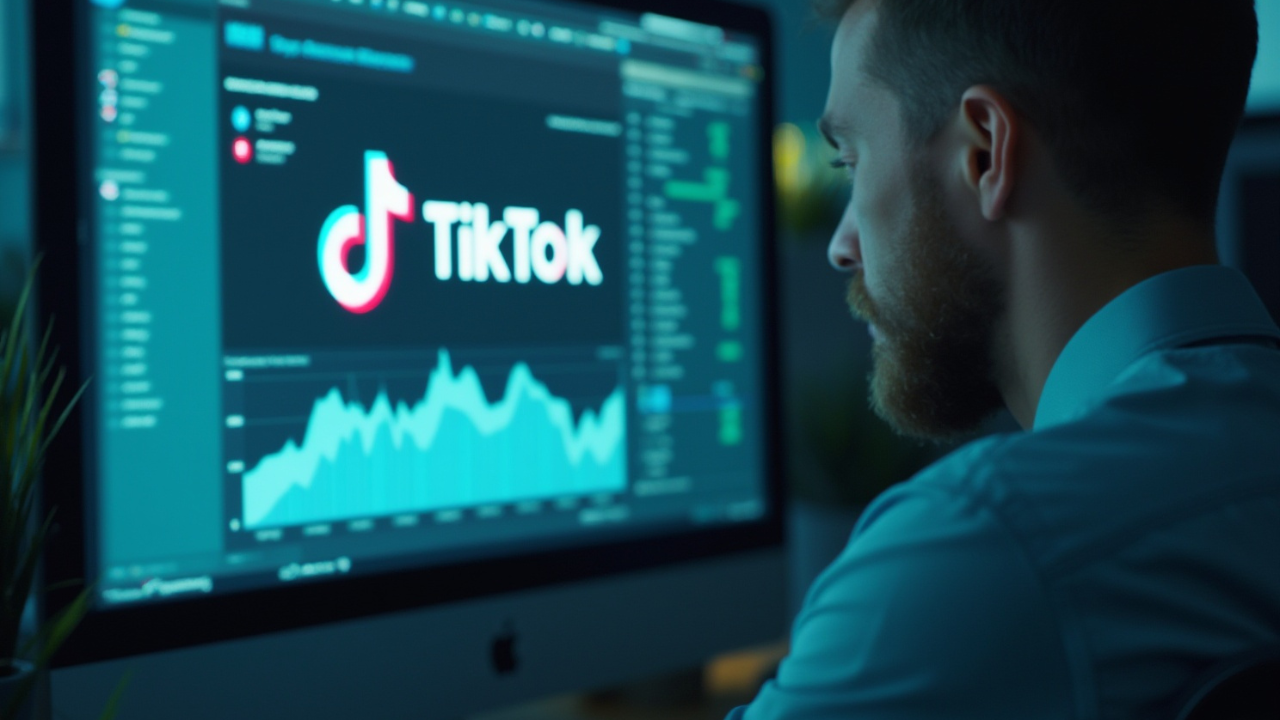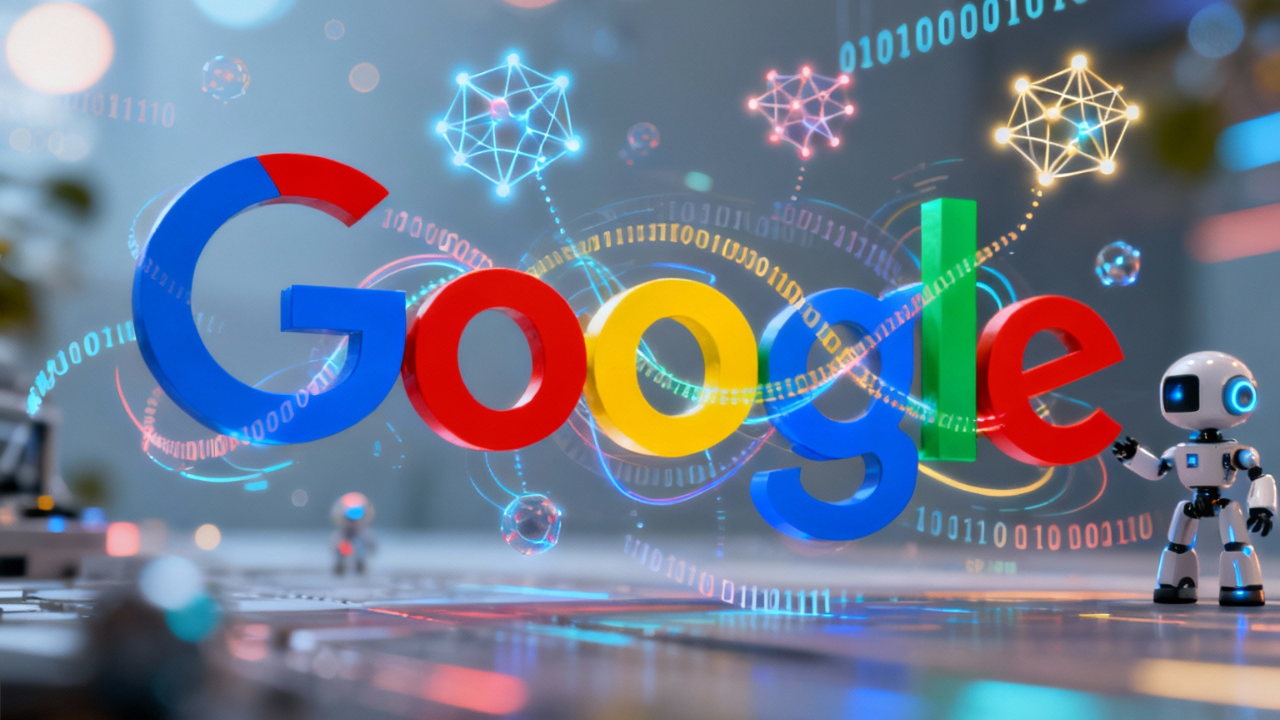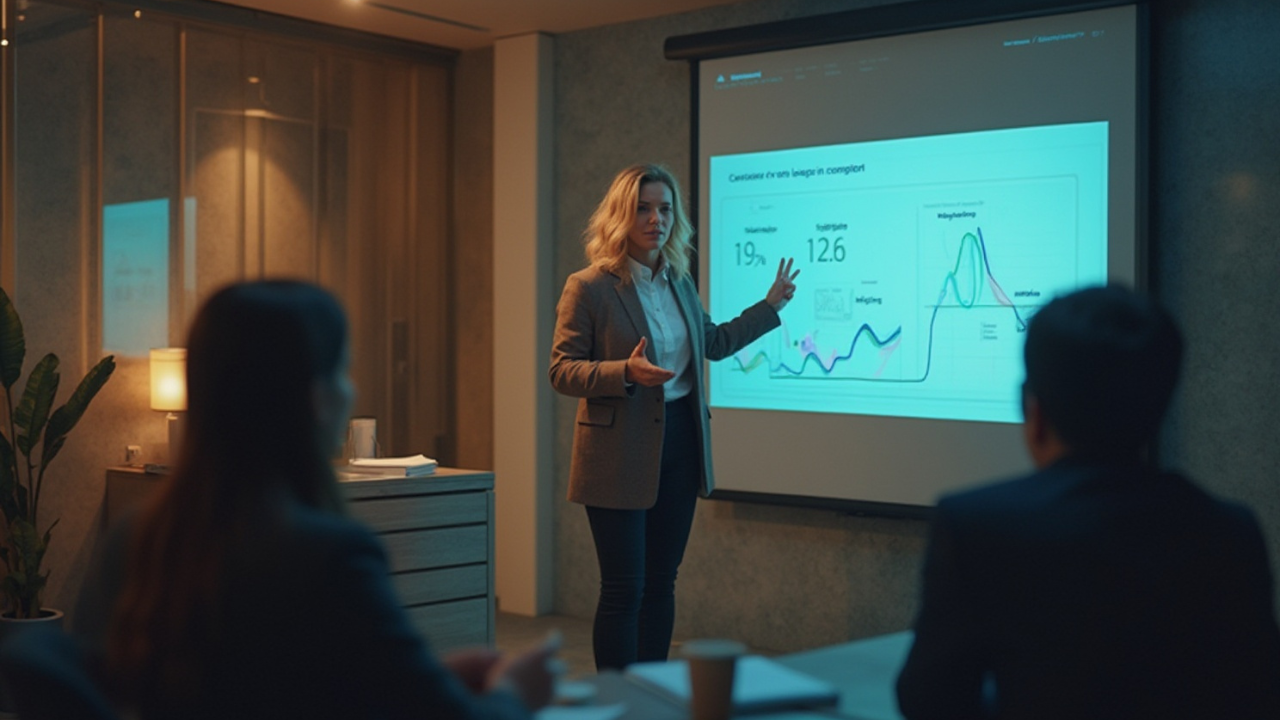.png)
Influencer Marketing vs. Paid Advertising: Pros, Cons & ROI Compared
Imagine this: You’ve got a $10,000 marketing budget. Do you pour it into Meta Ads for instant sales, or partner with influencers to build long-term brand love? If you’re torn, you’re not alone. Today’s marketers face a constant tug-of-war between two heavyweights: paid advertising and influencer marketing. Both promise growth, but which one delivers real ROI for your business?
Paid ads (like Google and Meta Ads) are the turbocharged engines of digital marketing—pay to play, with precise targeting and measurable results. Influencer marketing, on the other hand, is the art of leveraging trusted voices (from nano-creators to celebrities) to authentically promote your brand.
Neither is inherently "better." Paid ads excel at driving immediate conversions, while influencers foster trust and community. The right choice hinges on your goals: Do you need sales yesterday, or are you playing the long game?
In this article, we’ll break down the core differences between influencer marketing and paid ads. From costs and creative control to scalability and trust, you’ll get a clearer picture of when to use each—or how to use both together to fuel your brand’s growth in 2025.
What is Paid Advertising

Paid advertising is the process of buying digital ad space to promote products or services. Brands bid for visibility on platforms like Google (search ads), Meta (Facebook/Instagram ads), LinkedIn, TikTok, or programmatic networks. Payments are typically based on clicks (CPC), impressions (CPM), or conversions (CPA).
Key Platforms & Formats:
- Search Ads: Text-based ads on Google/Bing (e.g., "Best running shoes Singapore").
- Display Ads: Banner ads on websites (Google Display Network).
- Social Ads: Carousel, video, or story ads on Instagram, Facebook, TikTok.
- Retargeting Ads: Follow users who visited your site but didn’t convert.
The key strength of paid advertising lies in its scalability and precision. Brands can target audiences based on detailed parameters such as demographics, interests, behaviors, device usage, and even past website interactions. Want to show an ad only to women aged 25-35 who recently searched for “eco-friendly skincare”? You can.
Pros of paid ads include their ability to drive immediate traffic and measurable results. You have full control over your messaging, creative assets, budgets, and bid strategies—allowing rapid testing and optimization. This makes it ideal for time-sensitive promotions or product launches.
However, paid ads come with trade-offs. Costs can escalate quickly, especially in competitive industries. With increasing ad saturation, users may experience banner blindness, ignoring or distrusting promotional content. Additionally, successful ad campaigns require ongoing management—tweaking creatives, updating audiences, and monitoring performance metrics constantly.
Paid ads are a sprint, not a marathon. They’re ideal for data-driven marketers who crave control and quick wins but demand vigilance to avoid wasted spend. It remains one of the most data-driven and ROI-focused tools in the digital marketer’s arsenal, especially when supported by smart strategy and creative execution.
What is Influencer Marketing?
Influencer marketing is partnering with content creators to promote your brand through their authentic voice. Unlike ads, it relies on trust—followers see influencers as peers, not salespeople. This approach is grounded in authenticity and social proof.
Influencers are typically categorized by follower size:
- Mega-influencers (1M+ followers)
- Macro-influencers (100K–1M)
- Micro-influencers (10K–100K)
- Nano-influencers (<10K)
Popular platforms for influencer campaigns include Instagram, TikTok, YouTube, and increasingly LinkedIn for B2B. Some also run blogs or newsletters. Each tier offers different advantages: while mega-influencers offer reach, micro and nano influencers often bring higher engagement and niche trust.
Pros of influencer marketing include its ability to build trust and emotional connection with audiences. When someone they follow recommends a brand, followers are more likely to pay attention, believe in it, and even make a purchase. Influencers also create user-generated content (UGC) that brands can repurpose. And with the right influencer, content can go viral—offering organic reach beyond paid limits.
However, influencer marketing isn’t without challenges. Brands have less control over how the message is delivered, and there’s always a risk of misalignment or off-brand content. It can also be difficult to measure ROI directly, especially when conversions don’t happen immediately. Plus, finding the right influencer—someone whose values and audience align with your brand—requires time, research, and often, trial and error.
Influencer marketing is a slow burn with explosive potential. It’s less about hard metrics and more about storytelling and community—ideal for brands selling a lifestyle, not just a product. For brands looking to tap into community-driven credibility, influencer marketing remains a powerful and human-first approach.
Key Differences: Influencer Marketing vs. Paid Ads
.png)
Understanding the key differences between influencer marketing and paid advertising can help marketers choose the right channel—or develop a powerful hybrid strategy.
ROI & Cost Efficiency
Paid ads typically deliver faster, more measurable ROI. You can track impressions, clicks, cost per acquisition (CPA), and return on ad spend (ROAS) with clear dashboards. Influencer marketing, by contrast, often delivers softer metrics like engagement, reach, or sentiment. But while it may not convert as fast, it can generate long-term brand loyalty and word-of-mouth buzz.
Audience Trust
Influencers excel in building trust and emotional connection. Followers view them as relatable or aspirational figures. A skincare recommendation from a beloved beauty vlogger may carry more weight than a polished brand ad. Paid ads, while persuasive, often trigger consumer skepticism, especially if they feel too salesy or invasive.
Speed & Scalability
Need leads tomorrow? Paid ads can deliver with the flip of a switch. You can launch, pause, or adjust campaigns instantly. In contrast, influencer marketing requires time—for outreach, contracts, briefing, content production, and scheduling. But once the content is live, it can continue generating traction without additional spend.
Creative Control
With paid ads, you control every detail—copy, visuals, CTA, and timing. Influencer marketing, however, is more collaborative. Influencers create content in their own tone and format, which can lead to organic-feeling posts—but also potential misalignment. Some brands struggle when influencers go off-script or underdeliver.
Targeting Capabilities
Paid advertising offers highly granular targeting—down to age, job title, location, or even shopping behavior. Influencers don’t offer that level of precision, but they build communities around shared interests. If you sell yoga apparel, a micro-influencer with a yoga-loving audience might reach your ideal buyers even without algorithms.
Paid ads are a scalpel; influencers are a megaphone. One cuts through noise with precision; the other amplifies your message through trusted voices. In other words, paid ads win in speed, control, and trackability, while influencer marketing thrives on trust, authenticity, and niche relevance. It’s not always about choosing one over the other—it’s about understanding what each tool is best used for.
When to Use Paid Ads vs. Influencer Marketing
Both influencer marketing and paid ads have their time and place—choosing between them depends on your marketing goals, audience type, budget, and timeline.
Choose Paid Ads If:
- You Need Sales Now: Launching a flash sale? Paid ads drive immediate traffic.
- You Have Clear Audience Data: Leverage CRM lists or lookalike audiences.
- Budget Allows Testing: Willing to spend $500–$1,000 to find winning creatives?
- Your team is ready to run tests, optimize creatives, and monitor performance.
- You want full control over the message and visuals.
Choose Influencer Marketing If:
- You’re Building a Lifestyle Brand: Fashion, beauty, or wellness thrive on aspirational content.
- Your Audience Ignores Ads: Gen Z skips ads but follows influencers religiously.
- You Want UGC: Repurpose influencer content for ads (social proof stacking).
- You want to build brand awareness and long-term trust.
- You want to enter a new niche market through someone who already owns it.
Hybrid Approach:
- "Whitelisting": Pay to boost an influencer’s post as an ad (combines trust + targeting).
- Influencer Affiliate Codes: Track sales while leveraging their audience.
The future of marketing isn’t influencer versus paid—it’s influencer plus paid. Knowing when to leverage each will help your brand build faster, stronger, and more meaningful connections with the right audience.
How to Measure Success: Paid Ads vs. Influencer Marketing

Paid Ads Metrics: Data-Driven Performance Tracking
Paid advertising thrives on measurable KPIs, making it easier to calculate ROI. Key metrics include:
- Click-Through Rate (CTR): The percentage of users who click your ad after seeing it. A low CTR suggests weak ad creatives or targeting.
- Cost Per Click (CPC): How much you pay for each click. High CPCs may indicate a competitive niche or poor ad relevance.
- Conversion Rate: The percentage of users who complete a desired action (e.g., purchase, sign-up). A low rate could mean your landing page needs optimization.
- Return on Ad Spend (ROAS): Revenue generated per dollar spent. A ROAS of 3:1 means $3 earned for every $1 spent—industry benchmarks vary, but 4:1+ is ideal for e-commerce.
Tools: Google Analytics, Facebook Ads Manager, and UTM tracking help attribute conversions accurately.
Influencer Marketing Metrics: Trust & Engagement Over Hard Sales
Since influencer success isn’t always transactional, focus on:
- Engagement Rate: Likes, comments, shares, and saves divided by follower count. Micro-influencers often outperform celebrities here.
- Reach & Impressions: How many people saw the post. A viral TikTok with 500K views beats a static Instagram post with 10K.
- Affiliate Conversions: Unique discount codes or trackable links (e.g., Bitly, LTK) tie sales directly to the influencer.
- Brand Sentiment: Monitor comments and DMs—are followers asking where to buy, or calling the promo "inauthentic"?
Should You Hire an Agency? Key Considerations
For Paid Ads:
✅ Hire an Agency If:
- You lack expertise in bidding strategies or A/B testing.
- Your in-house team is overwhelmed by platform updates (e.g., Meta’s AI-driven ads).
- Scaling rapidly—agencies negotiate bulk ad discounts.
❌ DIY If:
- You’re a small business with a modest budget (<$5K/month).
- You enjoy hands-on learning (Google Skillshop offers free certifications).
For Influencer Marketing:
✅ Hire an Agency If:
- You need access to vetted influencers (agencies have pre-negotiated rates).
- Fraud detection matters (agencies spot fake followers/bots).
- You’re running large-scale campaigns across regions.
❌ DIY If:
- You’re targeting nano/micro-influencers (easier to manage manually).
- You prioritize authentic, long-term partnerships over one-off posts.
More Blogs



Let us build your acquisition engine
Our Founder will personally propose a custom media plan to crush your KPIs.
.png)









_cover.png)



.webp)

